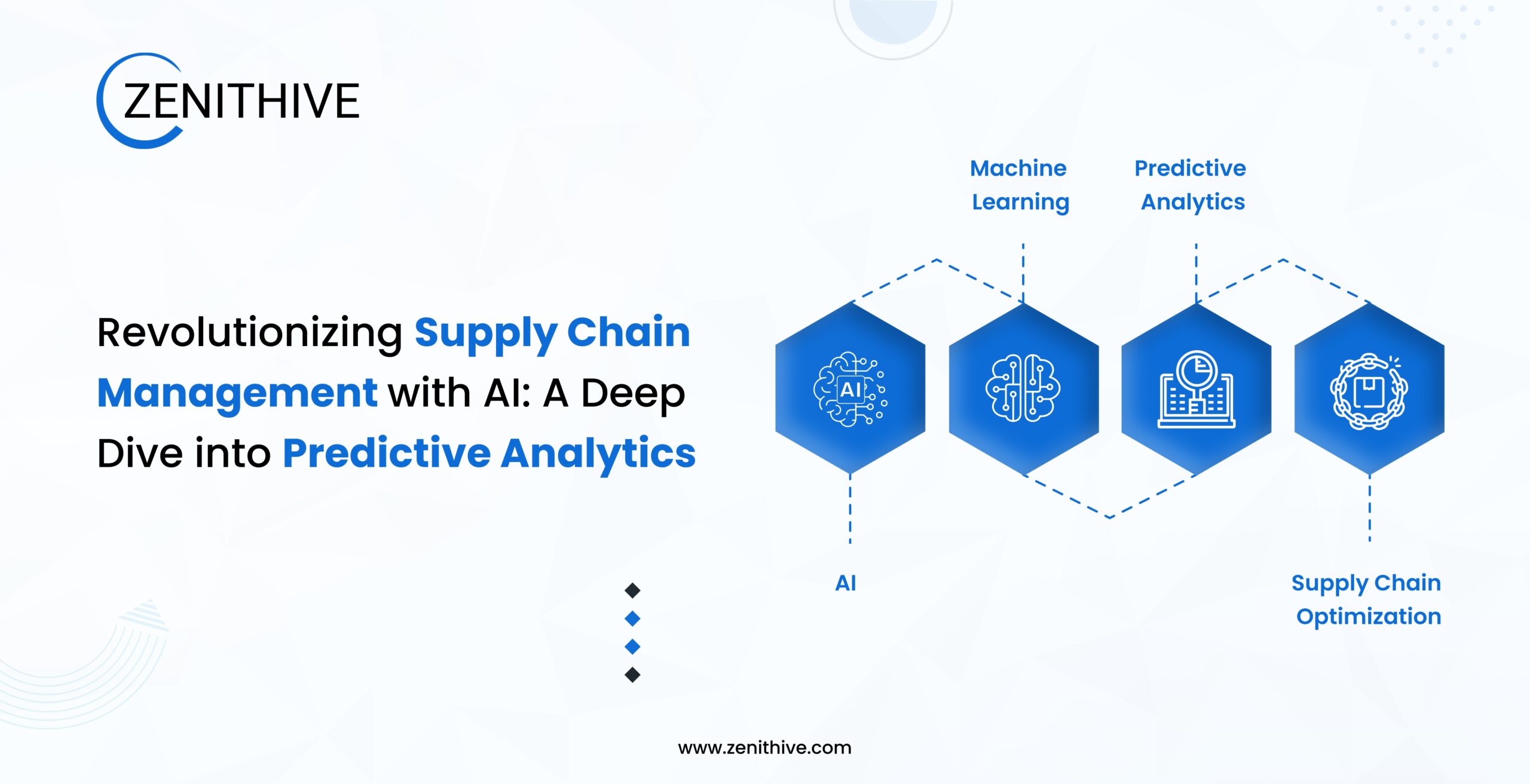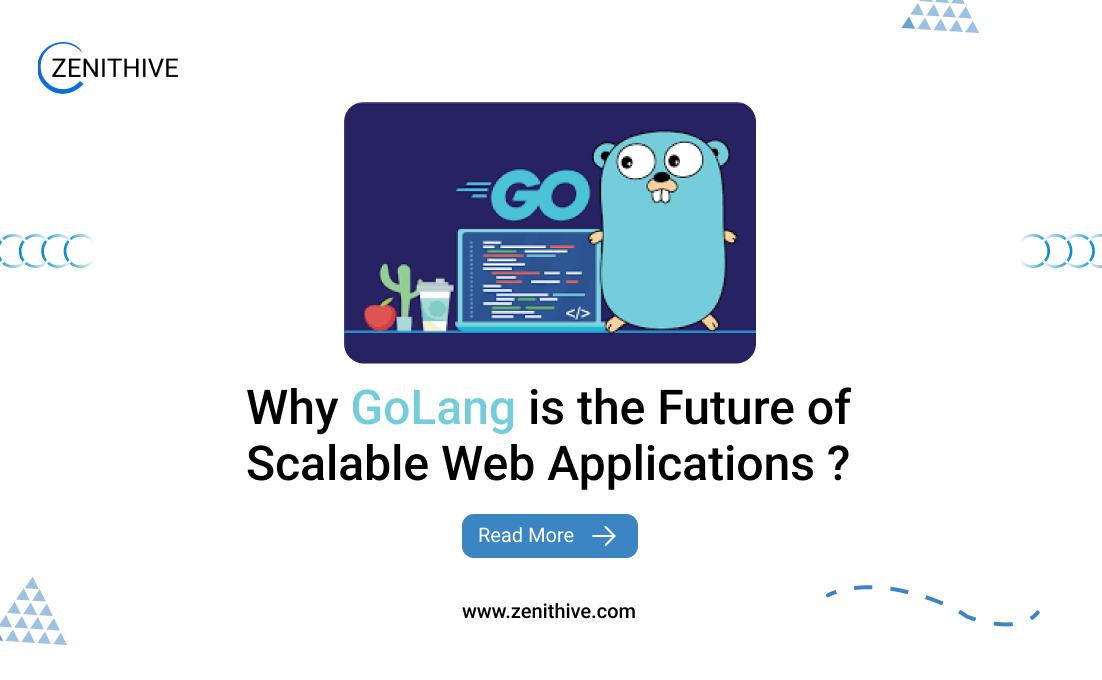Businesses are transforming their forecasting methods as artificial intelligence reshapes traditional demand prediction models. By 2025, the global demand forecasting market will reach $8.4 billion, reflecting the rising need for precise inventory management and supply chain optimization. Organizations implementing advanced AI forecasting solutions report a striking 92% prediction accuracy, compared to 65% with traditional methods.
Let’s explore the changes in demand forecasting and practical insights for businesses aiming to stay ahead.
How Modern AI-Powered Demand Forecasting Works
Modern demand forecasting platforms leverage sophisticated neural networks that process vast data streams. The system ingests historical sales data, market signals, and external variables through advanced data pipelines. These inputs pass through multiple processing layers:
Data Preprocessing Layer: Raw data undergoes cleaning and standardization. Missing values receive treatment through interpolation techniques, outliers face identification and processing, and seasonal patterns emerge through decomposition.
Neural Network Architecture: Deep learning models, particularly Long Short-Term Memory (LSTM) networks, excel at capturing both short and long-term patterns in time series data. These networks maintain memory states, allowing them to learn complex relationships between past events and future demand.
For example, an LSTM model studying retail sales patterns might notice that winter coat sales spike not just during cold weather but two weeks before temperature drops, indicating anticipatory buying behavior.
Feature Engineering: The system extracts meaningful patterns from seemingly unrelated data points. A retail forecasting model might combine:
- Past sales trajectories
- Social media sentiment analysis
- Local event calendars
- Economic indicators
- Weather predictions
- Competitor pricing data
Real-World Industry Statistics and Market Analysis
Manufacturing Sector: According to McKinsey’s 2024 Supply Chain Analytics Report, manufacturing companies implementing AI forecasting achieved:
- Average inventory reduction of 20-25%
- Demand prediction accuracy improvement from 65% to 85%
- Supply chain cost reduction of 15-20%
- Production planning efficiency increase of 30%
Retail Industry Performance: Based on Gartner’s 2024 Retail Technology Study spanning 1,000+ retailers:
- Average stockout reduction: 25-30%
- Profit margin improvement: 3-5%
- Customer satisfaction score increase: 12-15%
- Markdown reduction: 20-25%
E-commerce Metrics: Research from Forrester’s 2024 E-commerce Analytics Report shows:
- Average delivery accuracy improvement: 15-20%
- Shipping cost reduction: 10-15%
- Storage cost optimization: 15-20%
- Supply chain visibility improvement: 35-40%
Breaking Down 2025’s Game-Changing Trends
Quantum-Enhanced Processing: Quantum computing applications are starting to accelerate complex forecasting calculations. Early trials show processing speed improvements of up to 1000x for specific forecasting tasks. Companies leveraging quantum-enhanced forecasting report 40% faster market response times.
Autonomous Feature Discovery: AI systems now automatically identify relevant external factors affecting demand. A beverage company’s system might independently discover correlations between sports events and drink sales, adjusting forecasts accordingly. This autonomous capability has led to an average 15% improvement in forecast accuracy.
Cross-Platform Data Integration: Organizations report 35% improved accuracy when combining data from multiple channels. Modern systems seamlessly integrate:
- Point-of-sale data
- Mobile app usage patterns
- Website browsing behavior
- Social media interactions
- IoT sensor readings
Real-Time Adaptation: Modern forecasting systems adjust predictions within minutes of detecting market changes. This rapid response helped several retailers maintain 94% stock accuracy during recent supply chain disruptions.
Advanced Implementation Strategies
Data Collection Infrastructure:
- Smart sensors deployment
- API integration with supplier systems
- Real-time market data feeds
- Social media sentiment tracking
- Weather pattern monitoring
Model Selection and Training:
- Custom neural network architecture
- Transfer learning from industry models
- Continuous model retraining
- Hybrid forecasting approaches
- Automated model selection
Integration with Business Systems:
- ERP system connectivity
- Automated purchase order generation
- Real-time inventory management
- Supply chain optimization
- Stakeholder reporting dashboards
ROI and Business Impact Analysis (Industry Averages)
Financial Returns (Based on Deloitte’s 2024 AI Implementation Study):
- Average ROI timeline: 12-24 months
- Working capital reduction: 15-20%
- Inventory carrying cost reduction: 20-25%
- Cash flow improvement: 10-15%
Operational Efficiency (From MIT Sloan Management Review’s 2024 Analysis):
- Manual forecasting work reduction: 30-35%
- Market response time improvement: 40-45%
- Forecast accuracy improvement: 25-30%
- Supply chain relationship enhancement: 15-20%
Customer Metrics (According to PwC’s 2024 Consumer Intelligence Series):
- Product availability improvement: 20-25%
- Order fulfillment rate increase: 15-20%
- Customer retention improvement: 8-12%
Implementation Cost Considerations:
- Small business (revenue <$50M): $50,000-$150,000
- Mid-market ($50M-$500M): $150,000-$500,000
- Enterprise ($500M+): Custom pricing based on complexity
These figures represent industry averages compiled from multiple independent research sources and market analyses. Individual results may vary based on factors such as:
- Current technological maturity
- Data quality and availability
- Industry-specific challenges
- Implementation scope
- Organizational readiness
A thorough assessment of your specific business context will provide more precise projections. Our team at Zenithive has developed a comprehensive evaluation framework that considers these variables to deliver accurate ROI forecasts for your organization.
Looking Forward
By 2027, forecasting systems will incorporate augmented reality for intuitive data visualization, allowing managers to literally walk through their data landscapes. Brain-computer interfaces might enable direct neural feedback into forecasting systems, incorporating human intuition more effectively.
Companies investing in advanced forecasting capabilities now position themselves advantageously for these upcoming technological leaps. The key lies in building flexible systems that can adapt to new data sources and processing methods as they emerge.
Getting Started with AI Forecasting
Ready to transform your demand forecasting? Our team at Zenithive specializes in custom AI solutions tailored to your business needs. Contact us for a free consultation and discover how we can help you:
- Analyze your current forecasting challenges
- Design a custom AI solution
- Calculate potential ROI for your business
- Create an implementation roadmap
Connect with our AI experts at info@zenithive.com or visit zenithive.com for a detailed case study of our successful implementations.



